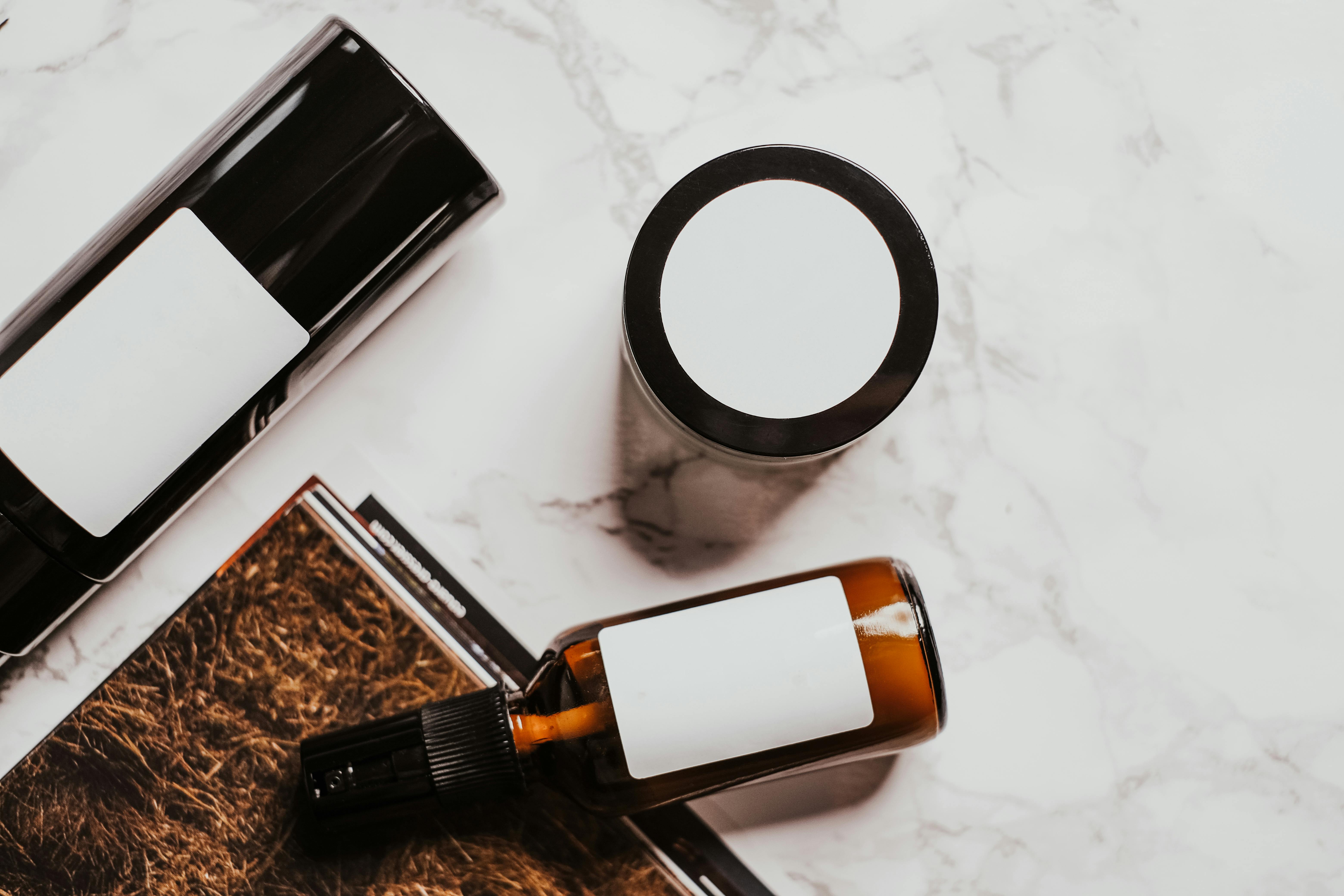Okay, don’t panic here, this could get long and overwhelming. Don’t let it make you grow. Eating well is what can save you here. It’s time to take a serious look at what’s going into your body. It is the fuel with which your body can fight infection and heal. Are you putting premium or low grade food? I looked at it this way; I would rather live thousands more days with energy and vigor and really live than eat gluten or ding dong or ice cream whenever I want.
Yes, I really have to look for restaurants that I can eat at, but there are more options now than there used to be. I miss some of my favorite foods, but I’d rather live than dwell on them. And I allow myself a few guilty pleasures from time to time. They are more infrequent and subdued than before.
First things first: your body needs all the energy it can get, so don’t put drugs or alcohol in your system. Your liver is already doing a great job of trying to filter out all the other toxins produced by all the pathogens in your body, you don’t need to filter all 4 glasses of wine on the weekend as well. Also be careful about taking over-the-counter medications unless absolutely necessary. That includes, Motrin, Advil, Claritin, etc. Try to find an alternative natural or homeopathic solution to save your body.
Second, take a serious look at the Feingold diet as a starting point. It’s not as intimidating as gluten-free, dairy-free, or Paleo diets. Go to Feingold.org and see the top things to avoid.
Dr. Feingold wrote a book called “Why Is Your Child Hyperactive?” detailing the history of these food dyes. It’s fascinating, let me give you a synopsis. They were originally made as fabric dyes from coal tar in the late 18th century. There were dozens of them. They flooded the food market with them at the turn of the century and caused disease and death so rampant that they wiped out all but 9 of them. We are the only country left in the westernized world that still allows them in food. They have been banned in the EU, Japan, Canada, etc. So when Kraft makes their Mac-N-Cheese for export, they skip the dye and use something plant-based, but not in the good old USA of A. We say “we love that yellow dye”, go for it.
The most important thing is to avoid these dyes, preservatives, MSG, high fructose corn syrup, nitrates, and artificial flavors. This doesn’t mean you should miss out on your favorite foods, it just means you’ll buy them in a different area of the store or order them online if you don’t have a local resource. For example, the granola you buy, you can find an organic substitute that does not use HFCS or preservatives. Crackers or ice cream bars, same thing. If you can’t find them in the organic section of your supermarket, go to a health food store and pay a little more for a while or eat them less often. Super Target and Super Walmart in my hometown have a surprising number of organic options. Do your research.
On the topic of coloring, all organic foods use natural plant/vegetable food colors. Preservatives and artificial flavors use the same type of petroleum base as dyes, so our bodies cannot process that petroleum. It ends up in brain tissue and causes all kinds of neurological damage. You want the conspiracy theory, think about the rise of Alzheimer’s and autism in the last 100 years since we used them in food and “modernized” our diets.
Okay, get out of my box now. Use the Feingold website to see a list of all the “trick” condom names. Using Motrin without dyes is better than with dyes, for example, but the benzoate preservative and artificial flavors still drive my kids crazy. In fact, my son was so sensitive to benzoate at one point that we couldn’t find a sunscreen in the world that he didn’t react to. So we haven’t literally used a stitch of sunscreen in over 4 years, without a single sunburn. Another cultural taboo debunked.
goorganic. I know it sounds expensive. Each step of this requires more money. Do it little by little. Use the following guide to Dirty Dozen and Clean 15 to learn what to buy organic and what to buy conventional. Go to your local farmers market and get better deals. Grow your own garden and pack things for winter. Make a part of the farm. There are plenty of options to save, including Azure Standard.
clean 15
1. Onions
2. sweet corn
3. Pineapples
4. Avocado
5. Wiring
6. sweet peas
7. Asparagus
8. mangoes
9. Eggplant
10. kiwi
11. Melon
12. Sweet potatoes
13. grapefruit
14. watermelon
15. Mushrooms
dirty dozen
1. apples
2. Celery
3. Sweet peppers
4. Peaches
5. Strawberries
6. Nectarine
7. Grapes
8. Spinach
9. lettuce
10. Cucumbers
11. Blueberries
12. Potatoes
Your body doesn’t need the extra chemicals to process every conventional apple you eat. If buying conventional, consider soaking/washing with a mixture of grapefruit seed extract and water to kill pathogens and remove chemicals and wax.
Meat. Check your meat sources. Find a local butcher in town and ask what’s in the meat. He may give you a funny look or surprise you by responding right away. Most butcher shops across the country have closed, but the remaining ones are differentiating themselves from grocery store meat by offering free-range, antibiotic-free chicken, grass-fed beef, lamb and many other options.
If you’re not going to make the switch to organic meat, cut back. Especially red meat. Go grass-fed or go home. Search Google for private farms near you where you can buy bulk meat directly. The local farmers market is a great resource for this on grass-fed pork, chicken, venison, buffalo, and beef.
Try juicing or making smoothies. It’s amazing what organic vegetable juices can do for your body. Especially if you’re at a low point or having a particularly rough day. Go straight to almond or rice milk juices with your vegetables and fruits. What you put is what you get. A friend of mine helped her husband to overcome a terrible disease of pain in her legs by drinking carrot and celery juice every day. They went through 20 pounds. of carrots and 5 lbs. of celery each week.
When I started this company, I took a trusty Sharpie marker and put a giant X on the back and front of any product that kids weren’t supposed to eat or use. That way my husband and everyone who came into the house (grandparents, babysitters) would know not to give them to the kids. We ate and used all the “bad” stuff and gave the kids the new stuff right away.
Just remember to take baby steps and not reinvent the wheel. Use what is available and available to simplify your life and restore your vitality.



